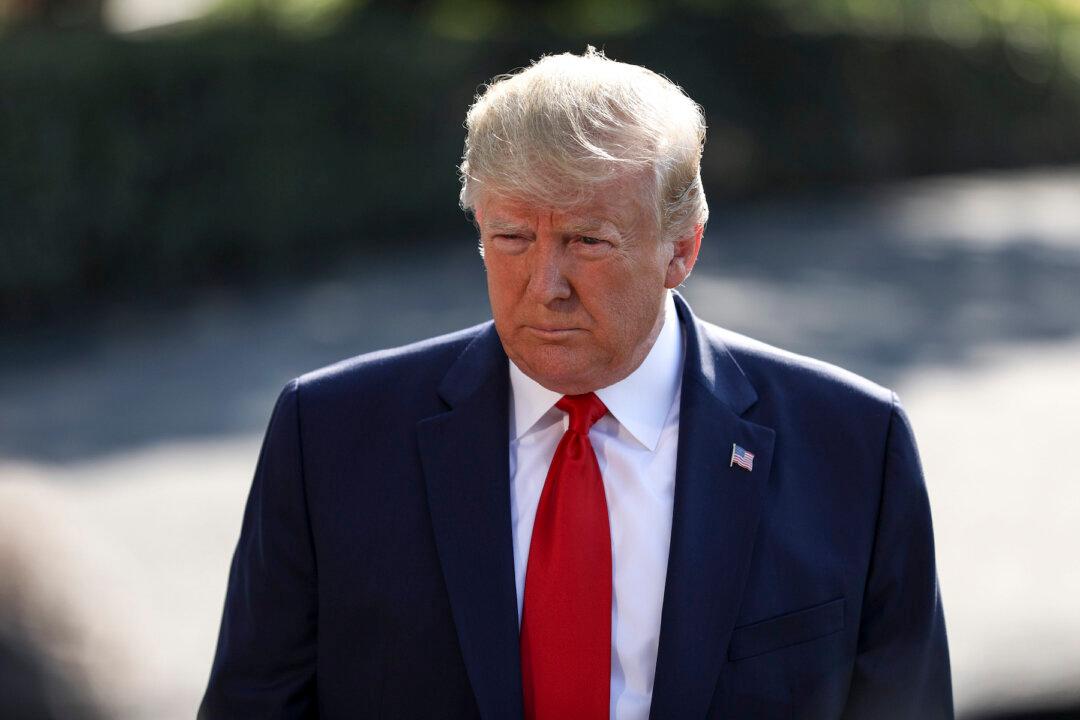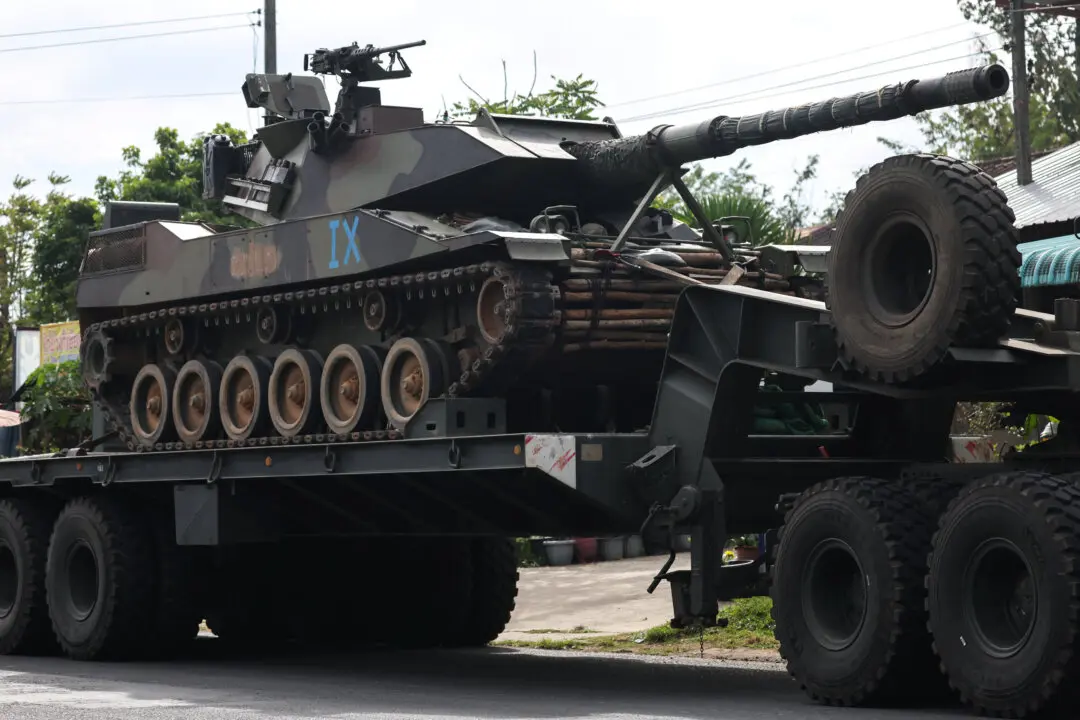U.S. President Donald Trump on Friday approved sending American troops to Saudi Arabia and the United Arab Emirates to bolster Saudi Arabia’s air and missile defenses after the largest-ever attack on the kingdom’s oil facilities, which Washington has blamed on Iran.

President Donald Trump speaks to media before departing on Marine One en route to Ohio and Texas, from the White House South Lawn in Washington on Aug. 7, 2019. Charlotte Cuthbertson/The Epoch Times
|Updated:




